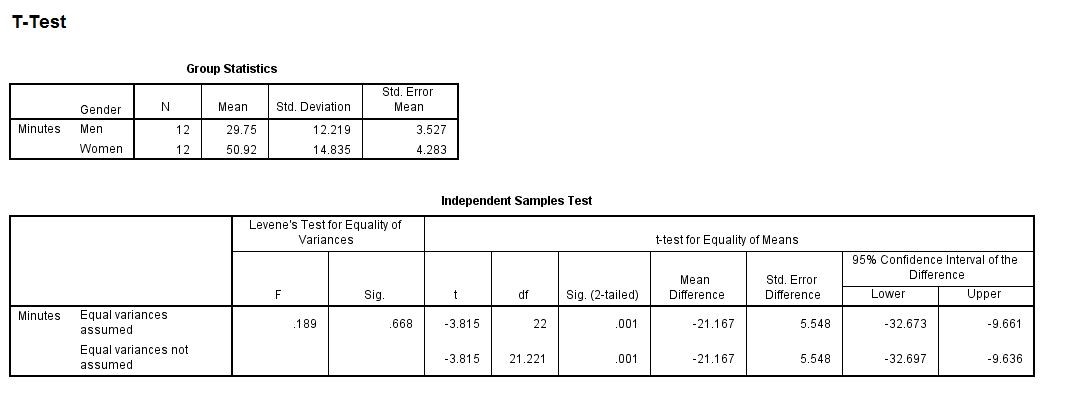Moral development in the early-school-age years involves growth in three domains:
a. emotions, knowledge, and action.
b. internalization, repression, and self-regulation. c. cognitive, physical, and emotional.
d. internal motivation, external motivation, and ambition.
a
You might also like to view...
Classical conditioning is a form of learning based on _____.
A. cognitive processes B. associations C. consequences D. socialization
Tanya works hard at her job in order to be recognized as an excellent employee and to feel worthwhile in her career. Tanya is trying to fulfill the need for
a. esteem and self-esteem. b. love and belonging. c. self-actualization. d. safety and security.
Which of the following is NOT a factor that contributes to group polarization?
a. Informational influence b. The repeated expression of attitudes c. Comparison of individual group members' views with contrasting views outside the group d. Normative influence e. Mere exposure
A sample of college students was asked how long, in minutes, they spend getting ready for a date. Consider the following output: What can you conclude from this information?

a. Ninety-five percent of the time, men will take between 9.66 and 32.67 minutes to get ready for a date.
b. Ninety-five percent of the time, the men and women will take between 9.66 and 32.67 minutes to get ready for a date.
c. This output does not provide enough information for interpretation.
d. Ninety-five percent of the time, the difference in times between men and women will be between 9.66 and 32.67 minutes.